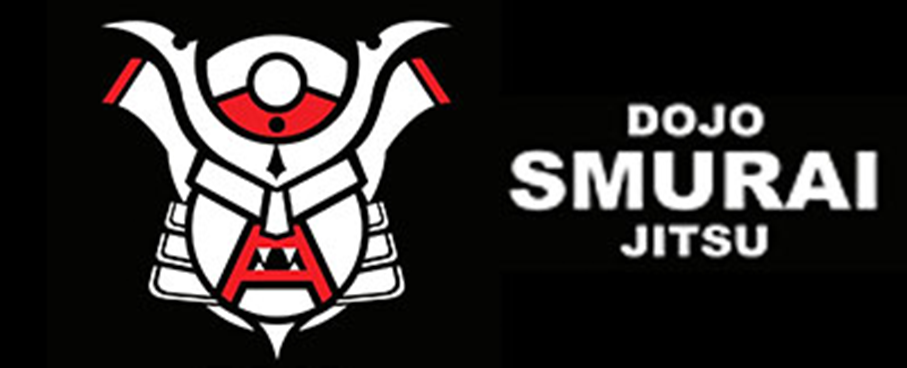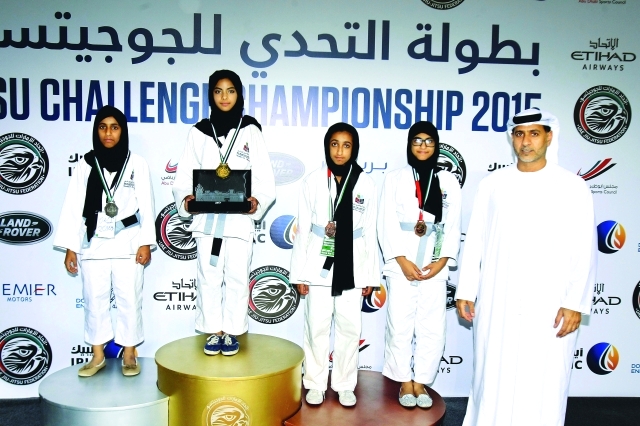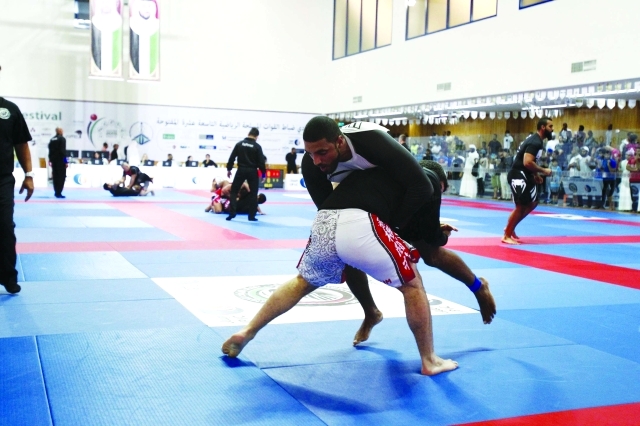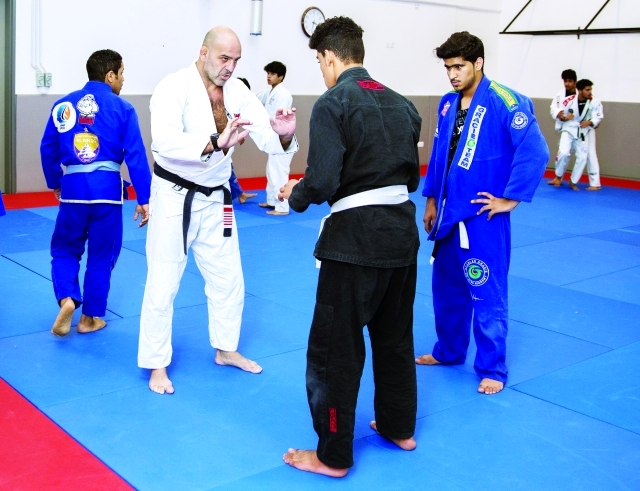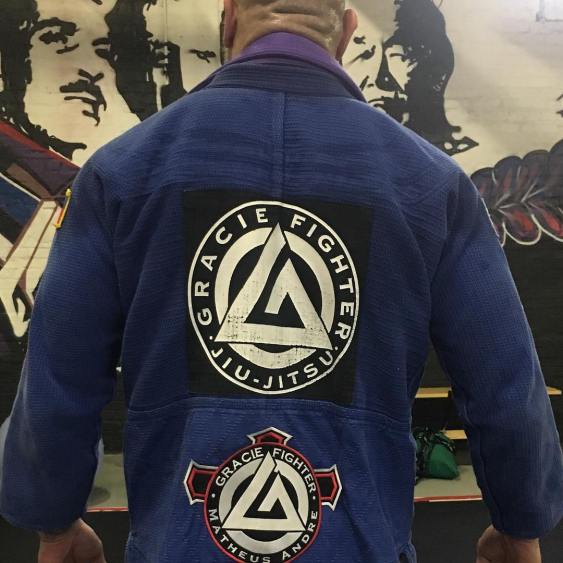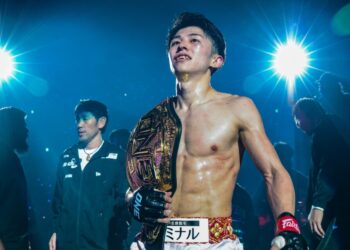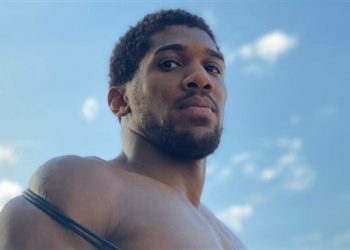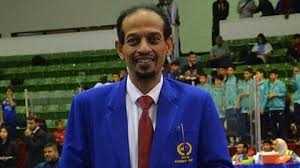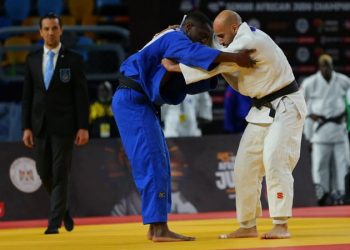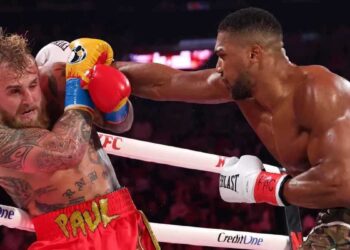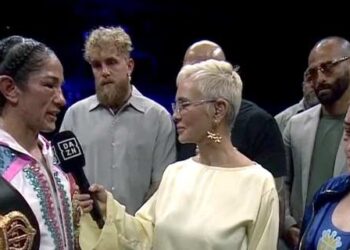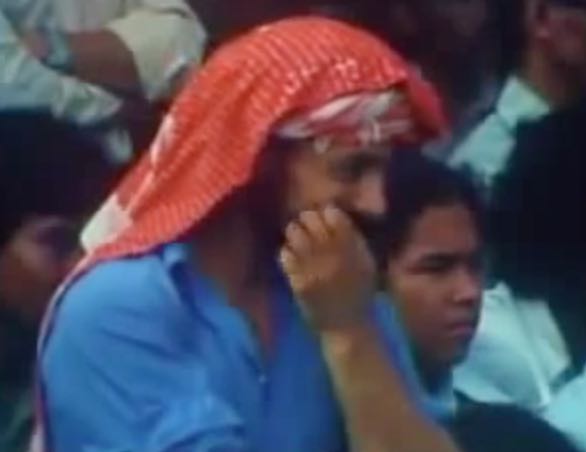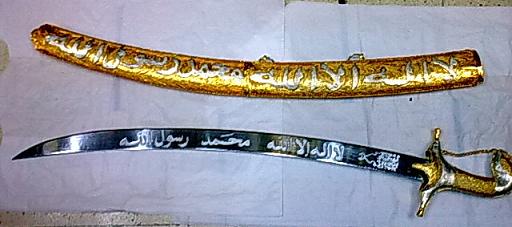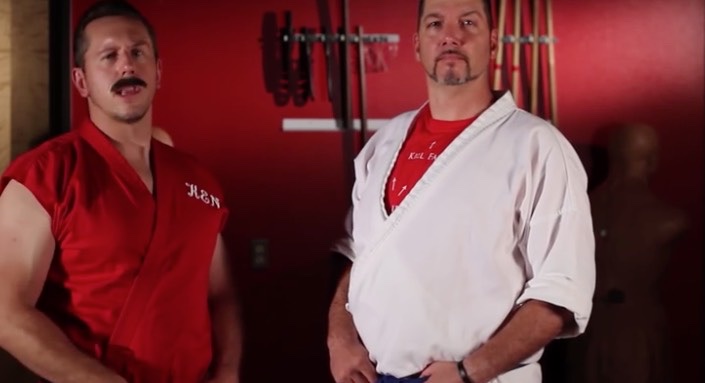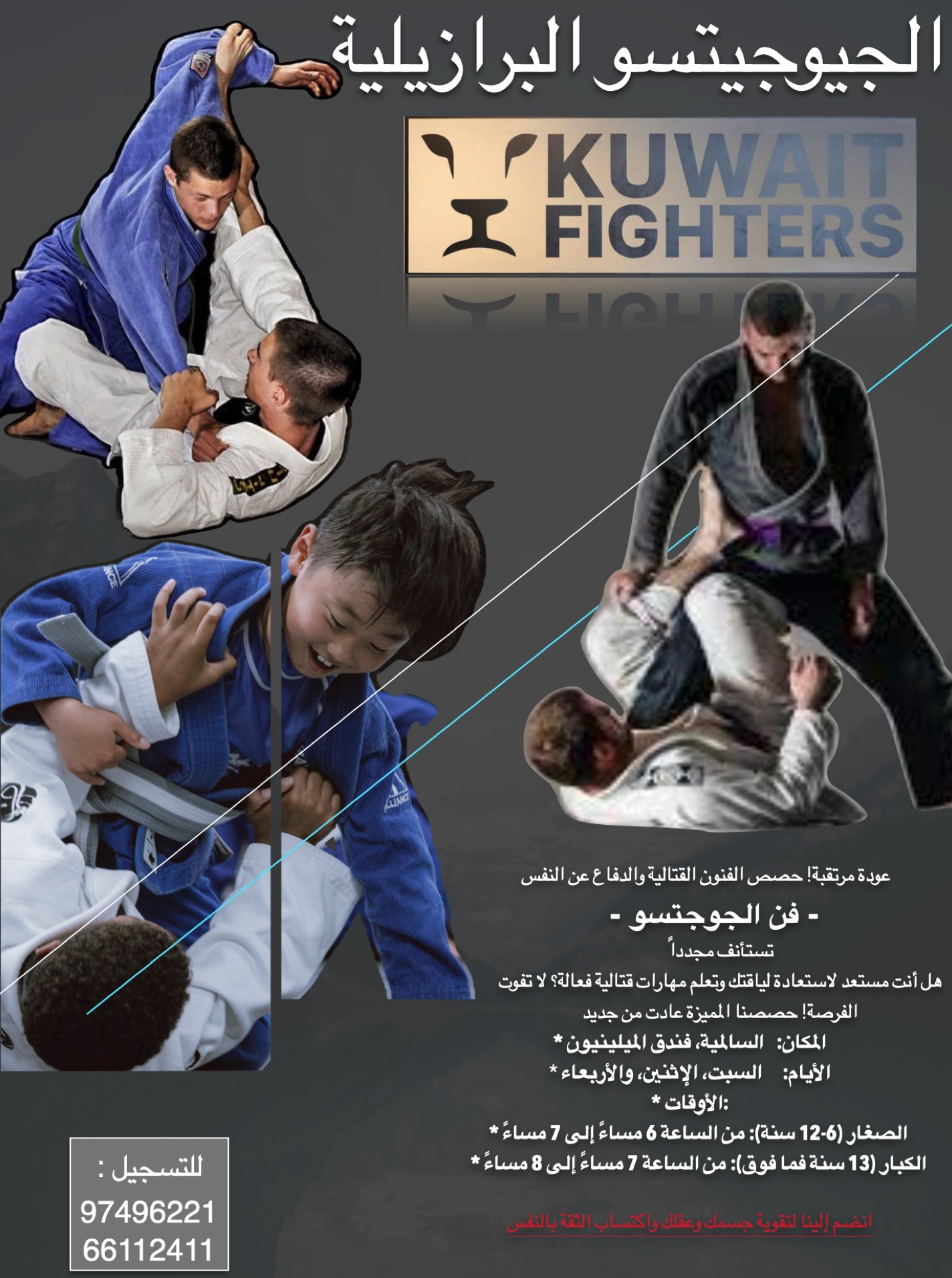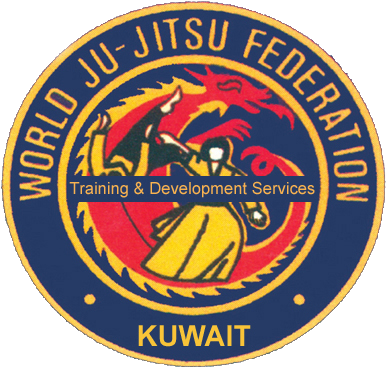https://youtu.be/B0zVXPT_94E
Kimura was born on September 10, 1917 in Kumamoto, Japan. Masahiko Kimura began training Judo at age of 9 and was promoted to yondan (4th dan) at the age of 15 after six years of Judo.
He had defeated six opponents (who were all 3rd and 4th dan) in a row. In 1935 at age 18 he became the youngest ever godan (5th degree black belt) when he defeated eight consecutive opponents at Kodokan….
Kimura’s remarkable success can in part be attributed to his fanatical training regimen, managed by his teacher, Tatsukuma Ushijima.
Kimura reportedly lost only four judo matches in his lifetime, all occurring in 1935. He considered quitting judo after those losses, but through the encouragement of friends he began training again.
He consistently practiced the leg throw osoto gari against a tree. Daily randori or sparring sessions at Tokyo Police and Kodokan dojos resulted in numerous opponents suffering from concussions and losing consciousness. Many opponents asked Kimura not to use his osoto gari.
At the height of his career Kimura’s training involved a thousand push-ups and nine-hours practice every day. He was promoted to 7th dan at age 30, a rank that was frozen after disputes with Kodokan over becoming a professional wrestler, refusing to return the All Japan Judo Championship flag, and issuing dan ranks while in Brazil.
In the early 1950s, Kimura was invited by Rikidōzan to compete as a professional wrestler. They performed both as tag team partners and as opponents, but Kimura was not marketed or publicized as much as Rikidōzan. The Rikidōzan vs. Kimura match for the Japanese Professional Wrestling Heavyweight title was the first high-profile match. The match, according to Kimura, was supposed to go to a draw and set up a series of rematches. But Rikidōzan, after an errant groin kick by Masahiko, shot (began fighting for real) on Kimura and battered him unconscious with a series of open hand strikes, punches, and kicks (some of which were to the groin), and won the match by knockout. Kimura never received a rematch with Rikidōzan. Kimura describes the events as follows:
“In November 1951, I founded Kokusai Pro Wrestling Association. After I came back from US doing pro wrestling matches, I did pro wrestling shows throughout Japan. In those days, Rikidozan also started a new organization called Japan Pro Wrestling Association. So, mass media started to talk about Kimura vs Rikidozan match. I met with Rikidozan and asked his opinion. He said, “That is a good idea. We will be able to build a fortune. Let’s do it!” The 1st bout was going to be a draw. The winner of the 2nd will be determined by the winner of a paper-scissors-stone. After the 2nd match, we will repeat this process. We came to an agreement on this condition. As for the content of the match, Rikidozan will let me throw him, and I will let him strike me with a chop. We then rehearsed karate chop and throws. However, once the bout started, Rikidozan became taken by greed for big money and fame. He lost his mind and became a mad man. When I saw him raise his hand, I opened my arms to invite the chop. He delivered the chop, not to my chest, but to my neck with full force. I fell to the mat. He then kicked me. Neck arteries are so vulnerable that it did not need to be Rikidozan to cause a knock down. A junior high school kid could inflict a knock down this way. I could not forgive his treachery. That night, I received a phone call informing me that several ten yakuza are on their way to Tokyo to kill Rikidozan.”
On December 8, 1963, while partying in a Tokyo nightclub, Rikidōzan was stabbed with a urine-soaked blade by gangster Katsuji Murata who belonged to the ninkyō dantai Sumiyoshi-ikka. He died a week later of peritonitis on December 15.
Kimura formed International Pro Wrestling Force (IPWF), a promotion based in his hometown of Kumamoto, as a local affiliate of The Japan Wrestling Association (JWA). Although JWA later took over operations, IPWF is remembered for being the first Japanese promotion to introduce Mexican Lucha Libre wrestlers.
Some biographers note that his professional wrestling career began shortly after his wife was diagnosed with tuberculosis, and it is speculated by some that he began professional wrestling to pay for her medication. Indeed, the predicament was likely beyond the financial means of a police instructor, which was his paying job prior to professional wrestling
In 1949, after winning multiple fights against boxers, wrestlers and Savate fighters in Europe, Kimura decided to go to Brazil after an invitation by Helio Gracie. Helio Gracie issued a challenge to Kimura. An agreement was made under what would be known as the “Gracie Rules” via the Gracie Challenge that throws and pins would NOT count towards victory only submission or loss of consciousness.
This played against Judo rules in which Pins and throws can award someone a victory. In 1951, Kimura defeated Hélio Gracie of the Gracie Jiu Jitsu family in a submission Judo match held in Brazil.
During the fight Kimura threw Gracie repeatedly with Ippon Seoinage (one arm shoulder throw), Ouchi Gari (major inner reap), Uchimata (inner thigh throw), Harai Goshi (sweeping hip throw), and Osoto Gari (major outer reap). However, Helio Gracie was able to perform ukemi, as demonstrated by his earlier match with Kimura’s fellow judoka Kato, was in excellent condition, benefited from the soft mat used in competition, and showed a strong will to win and refusal to lose – he was undeterred.
Unable to subdue Helio through throwing alone, the fight progressed into groundwork. Kimura maintained a dominance in the fight at this point by using techniques such as kuzure-kamishiho-gatame (modified upper four corner hold), kesa-gatame (scarf hold), and sankaku-jime (triangle choke). Thirteen minutes into the bout Kimura positioned himself to apply a reverse ude-garami (arm entanglement, a shoulderlock).
“Helio shook his head trying to breathe. He could not take it any longer, and tried to push up my body extending his left arm. That moment, I grabbed his left wrist with my right hand, and twisted up his arm. I applied Udegarami. I thought he would surrender immediately. But Helio would not tap the mat. I had no choice but keep on twisting the arm. The stadium became quiet. The bone of his arm was coming close to the breaking point. Finally, the sound of bone breaking echoed throughout the stadium. Helio still did not surrender. His left arm was already powerless. Under this rule, I had no choice but twist the arm again. There was plenty of time left. I twisted the left arm again. Another bone was broken. Helio still did not tap. When I tried to twist the arm once more, a white towel was thrown in. I won by TKO”
In a 1994 interview with Yoshinori Nishi, Helio Gracie admitted that he had been rendered unconscious very early in the bout by a body vise although Kimura released the hold and continued the bout.
As a tribute to Kimura’s victory, the reverse ude-garami technique he used to defeat Gracie has since been commonly referred to as the Kimura lock, or simply the Kimura, in Brazilian Jiu-Jitsu and, more recently, mixed martial arts circles.
Kimura describes the event as follows:
20,000 people came to see the bout including President of Brazil. Helio was 180cm [5’11”] and 80 kg [176#]. When I entered the stadium, I found a coffin. I asked what it was. I was told, “This is for Kimura. Helio brought this in.” It was so funny that I almost burst into laughter. As I approached the ring, raw eggs were thrown at me. The gong rang. Helio grabbed me in both lapels, and attacked me with O-soto-gari and Kouchi-gari. But they did not move me at all. Now it’s my turn. I blew him away up in the air by O-uchi-gari, Harai-goshi, Uchimata, Ippon-seoi. At about 10 minute mark, I threw him by O-soto-gari. I intended to cause a concussion. But since the mat was so soft that it did not have much impact on him. While continuing to throw him, I was thinking of a finishing method. I threw him by O-soto-gari again. As soon as Helio fell, I pinned him by Kuzure-kami-shiho-gatame. I held still for 2 or 3 minutes, and then tried to smother him by belly. Helio shook his head trying to breathe. He could not take it any longer, and tried to push up my body extending his left arm. That moment, I grabbed his left wrist with my right hand, and twisted up his arm. I applied Udegarami. I thought he would surrender immediately. But Helio would not tap the mat. I had no choice but keep on twisting the arm. The stadium became quiet. The bone of his arm was coming close to the breaking point. Finally, the sound of bone breaking echoed throughout the stadium. Helio still did not surrender. His left arm was already powerless. Under this rule, I had no choice but twist the arm again. There was plenty of time left. I twisted the left arm again. Another bone was broken. Helio still did not tap. When I tried to twist the arm once more, a white towel was thrown in. I won by TKO. My hand was raised high. Japanese Brazilians rushed into the ring and tossed me up in the air. On the other hand, Helio let his left arm hang and looked very sad withstanding the pain.
http://youtu.be/Xn9Pfcw4rrU
Achievements
All-Japan Collegiate Championships (1935)
7th All Japan Judo Championship (1937)
8th All Japan Judo Championship (1938)
9th All Japan Judo Championship (1939)
Ten-Ran Shiai tournament (1940)
1947 West Japan Judo Championship
1949 All Japan Judo Championship
Kimura went to Brazil in 1959 to have his last Professional Judo/Wrestling tour. He was challenged by Aldemar Santana. Santana was champion of Gracie Jiujitsu, Capoeira, and boxing. He was 27 years old, 6 feet and 205 lbs. In 1958, Santana knocked out Helio Gracie in a fight lasting 3 hours 45 minutes. Kimura threw Santana with Seoinage, Hanegoshi, Osotogari; then, he applied Ude-garami, and won the match.
Shortly after, Santana challenged Kimura to have a rematch for Vale-tudo. (Everything goes, as it is equivalent to Ultimate Fighting Championship.)
On the day of the competition, there were 10,000 spectators present. From the beginning, Kimura realized that Santana punched and kicked much better. The only chance was newaza. Kimura made a mistake, and tried to throw Seoinage. Since both of them were soaked in sweat, without Judogis, Kimura fell to the mat. Santana followed with a straight punch and head-butt to Kimura’s stomach, not once or twice, but three times. Kimura was stunned; however, he maintained his nerve and waited for his chance to counter. When Santana tried to head-butt for the fourth time, Kimura punched Santana’s forehead-between the eyes-with all his strength. Santana, his face covered in blood, retreated.
Kimura got up from the mat and chased Santana. The fight lasted for 40 minutes with a draw, as both of them were exhausted, unable to do complete damage. Kimura was 42 years old at the time
source : https://www.facebook.com/pages/Iwato-Budo-Culture/172542889459688?fref=nf
